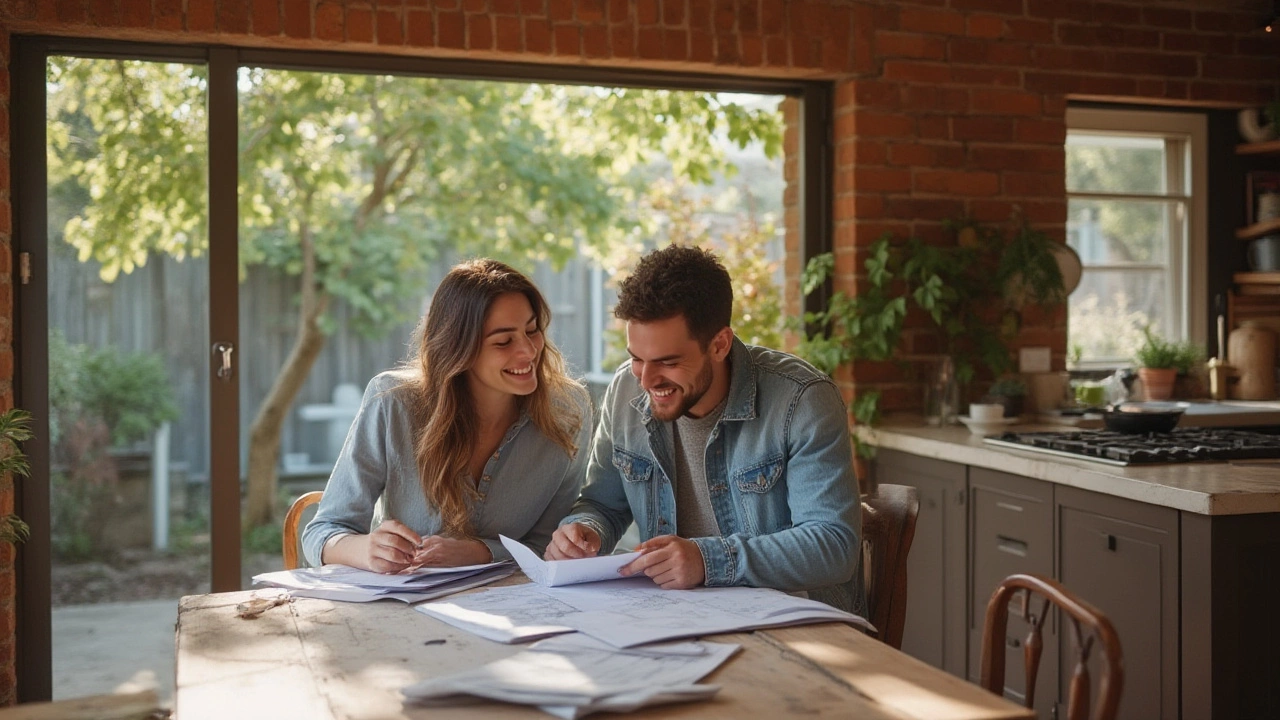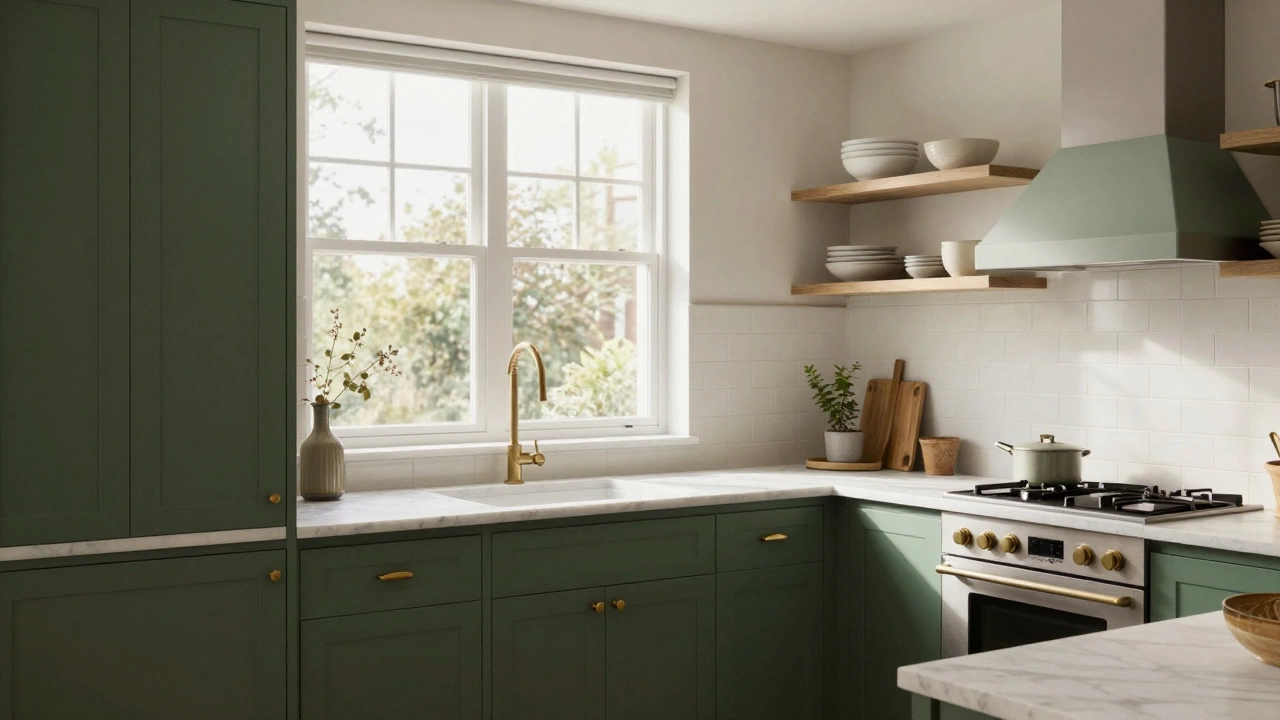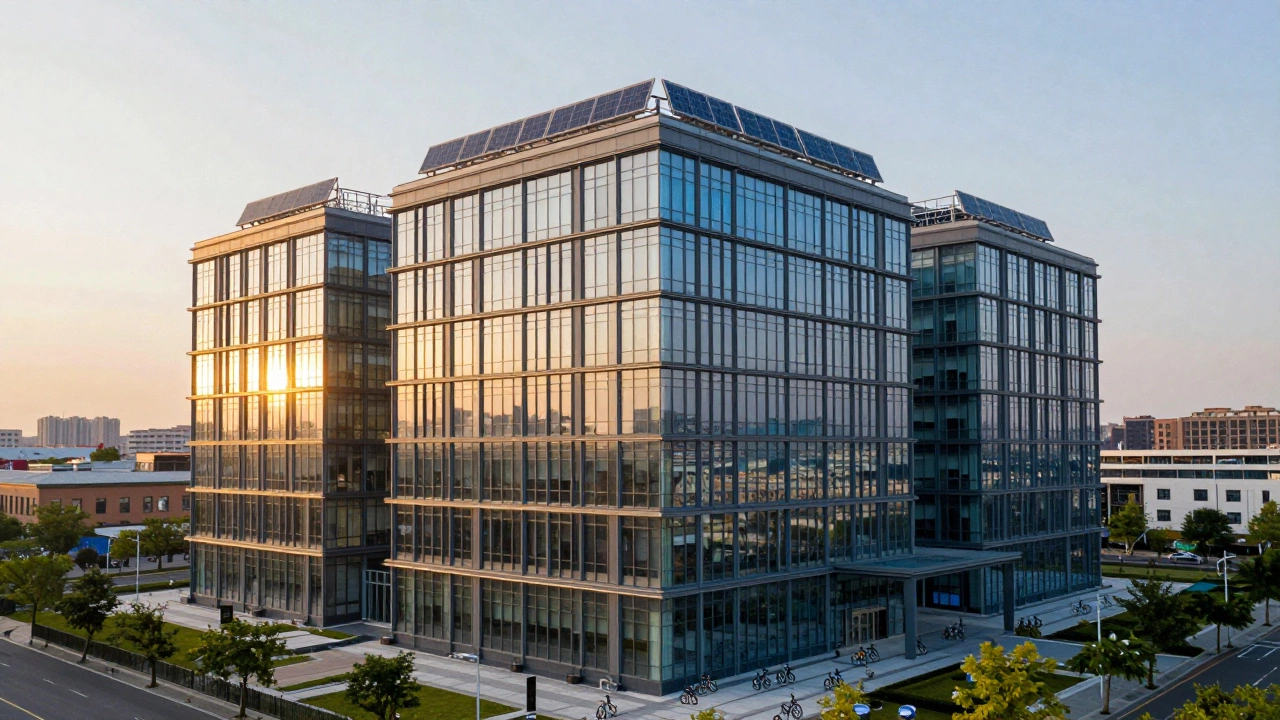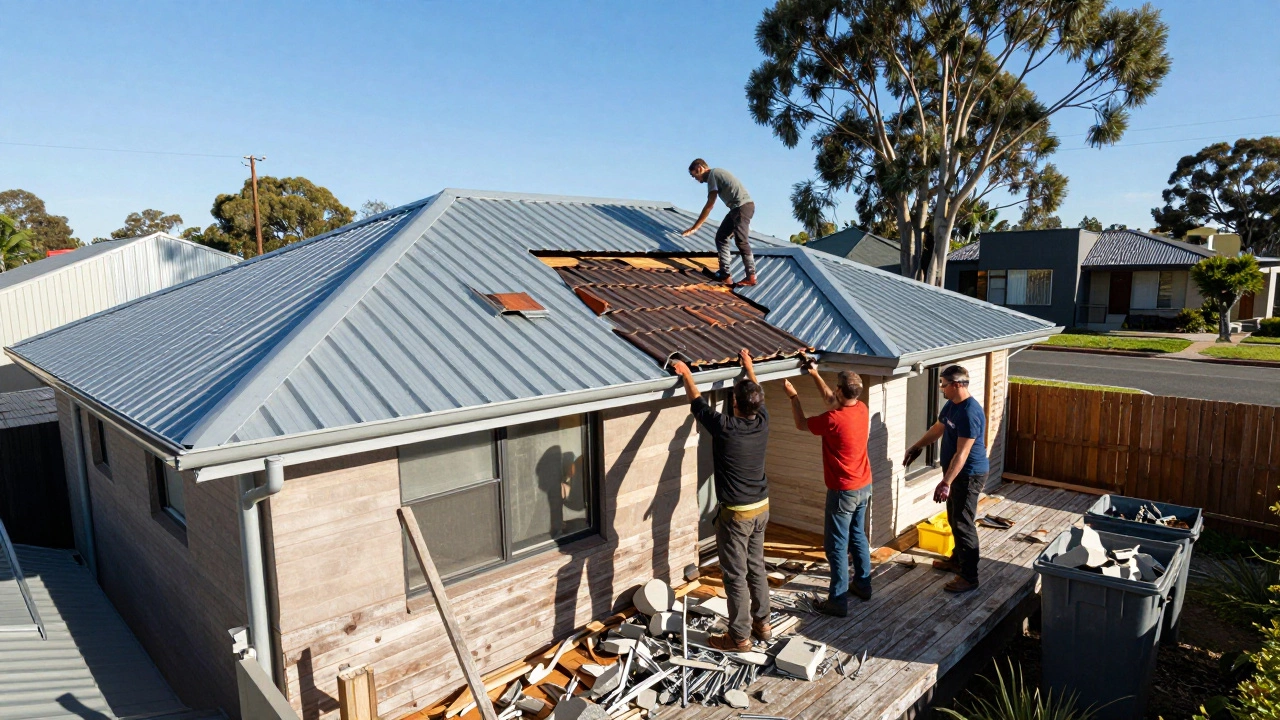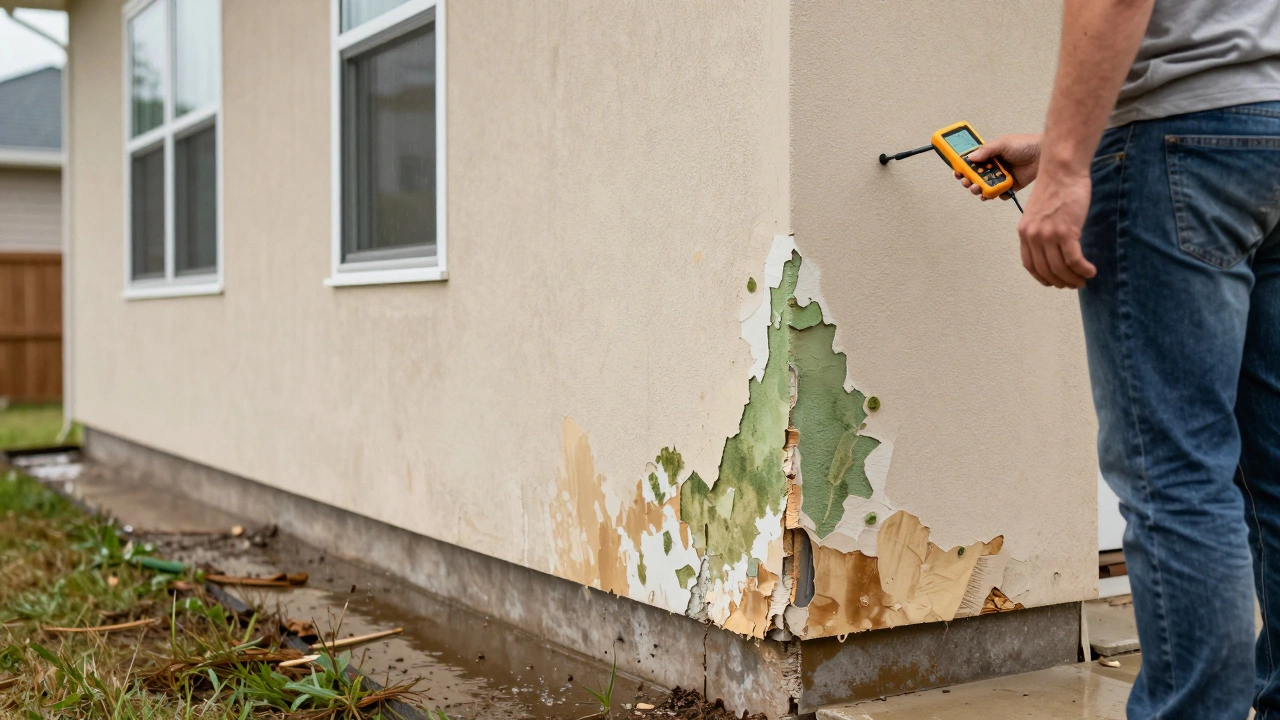You can spend less on a new car than on a home extension in Melbourne—unless you’re crafty. Some folks shell out $100,000 to gain just one extra room. But what if you could double your living area for a fraction of that, without ending up living in a shed? The truth is, with the right moves, you don’t need to break the bank. Even in Australia’s pricey market, extending your house on a budget is possible if you know where to look. Let’s break down real-world tips, numbers, and clever hacks without the usual construction waffle.
Popular Types of House Extensions and Their Prices
Let’s start by sizing up your options. House extensions come in all shapes and price tags. The main types are back extensions, side returns, second-story additions, garage conversions, and sunrooms. You might be surprised where savings actually hide.
Back or rear extensions are a classic, often done to create open-plan living or connect home and garden. This usually involves knocking down a wall and extending outwards. Side returns—those skinny corridors along the side of older houses—are Melbourne’s secret weapon, turning wasted space into kitchens or living areas. Loft conversions and second stories? More expensive upfront, but double your home’s footprint without touching your block.
Here’s the deal: Every extension type comes with its own cost curve. Renovation research in 2024 from the Housing Industry Association put average Melbourne extension costs around $2,600–$4,000 per square metre. Building up is often 50% more expensive per square metre than building out due to extra structural work and scaffolding. Garage conversions, though? They’re often the cheapest, especially if you already have a solid slab and four walls. With a conversion, you might spend as little as $1,500 per square metre. Popping in a simple sunroom or a prefab garden studio can be even cheaper, and thanks to changes in Victoria’s planning rules in 2023, some can be built without council approval if under 10 square metres.
Here’s a quick look at typical extension costs in a recent survey:
| Extension Type | Cost per Square Metre (Melbourne Avg. 2024) |
|---|---|
| Rear Extension | $2,800 |
| Side Return | $3,000 |
| Second Story | $4,200 |
| Garage Conversion | $1,500 |
| Sunroom/Prefab Pod | $1,200 |
If your block allows, those prefab studios and garage conversions nearly always win the price war.
Cutting Costs Without Cutting Corners
Cheap doesn’t have to mean dodgy. In 2025, more Melbourne homeowners are extending their homes for under $50,000, just by rethinking what “extension” really means. Old-school tricks, like shrinking the size or simplifying the shape of your add-on, can shave tens of thousands off. A rectangle costs less to build than an L-shape. Keep plumbing close to existing pipes and skip moving load-bearing walls if you can.
One of the best-kept secrets? Using modular or prefabricated additions. These are built off-site and craned in, sometimes in a single weekend. You skip months of messy, tradie-heavy drama and slice costs by 30% or more. In 2024, more than 1 in 10 Melbourne extensions came from modular builds, according to industry data. As a bonus, you get tight quality control and fewer surprises.
Bargain-hunters are also snapping up recycled materials to cut material bills. Recycled flooring, bricks, and windows not only cost less but also fast-track approvals for eco-friendly builds. Sites like Gumtree, Facebook Marketplace, and local demolition yards are treasure troves for the patient.
- Stick with basic shapes and open plans.
- Limit custom finishes—think off-the-shelf cabinetry and paint instead of wallpaper.
- Plan in advance. Changing your mind mid-build is costly.
- Get at least three quotes (and check which ones actually allow owner-supplied materials).
- Consider managing the project yourself if you’re game, using a builder for just the structural work and handling the painting and fitting separately.
One more tip: Don’t forget to check if you need building permits. Going without can backfire hard, leading to legal drama or forced demolition.
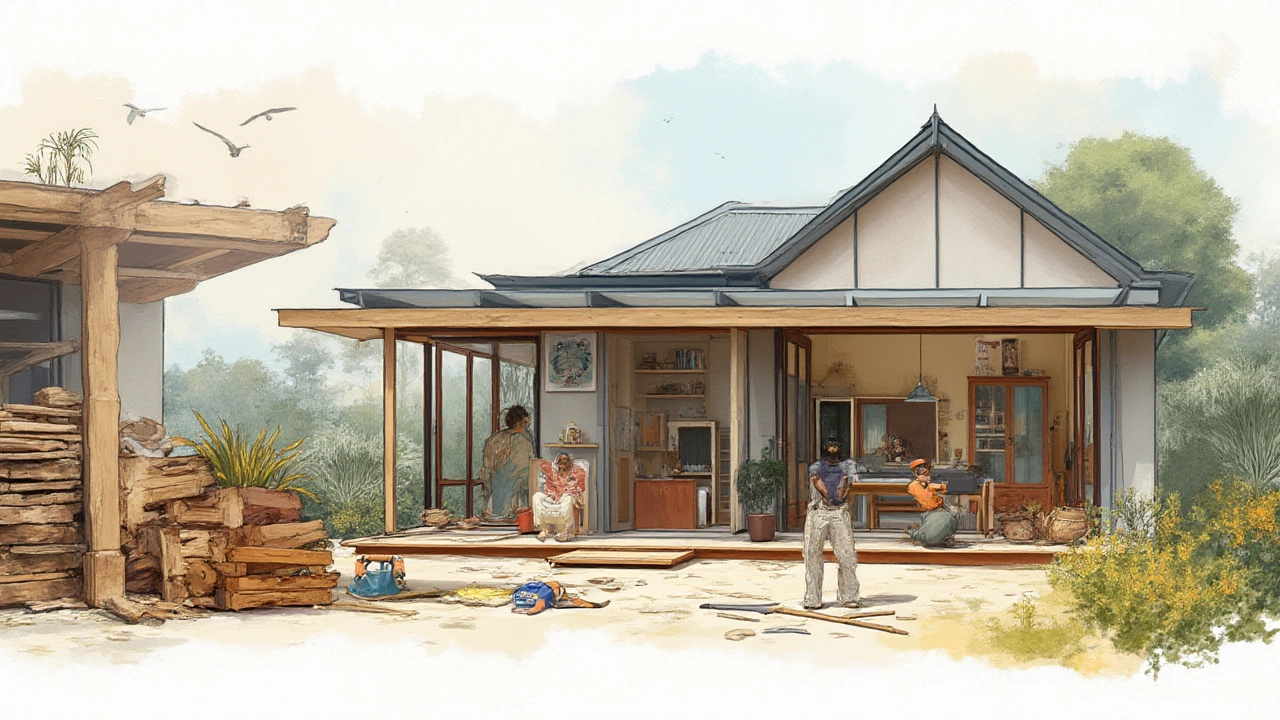
Hidden Costs You Should Watch Out For
Even the simplest extensions can attract sneaky extras. The obvious ones are council fees, planning applications, and architects. For example, a planning permit in inner Melbourne could set you back $2,000–$3,000. A good draftsman will cost less than a full architect. And don’t forget engineering reports—sometimes mandatory, starting at $1,200 for a small job.
Digging into old ground often leads to nasty surprises. Old wiring, suspect asbestos, or ancient plumbing can blow your budget. In houses built before 1990, asbestos checks are required before any demolition. Removal for even a small area will hurt—could be $2,000 or upwards, depending on how much is lurking behind those walls.
Delays cost money. Melbourne’s construction industry has been running hot since 2021, and good tradies book out months ahead. Lock in your builder early and make sure your paperwork is sorted. If you’re sourcing materials yourself, allow extra for price rises—timber, for instance, seeing up to 25% price jumps since 2020.
It’s a smart move to set aside 10–15% above your budget for surprises; most homeowners end up spending extra, whether it’s for an unexpected council request or a hidden drainage issue under the slab.
Check out this list of common hidden costs:
- Demolition and site clearing
- Permit and application fees
- Utility relocations or upgrades
- Temporary fencing and safety compliance
- Final clean-up and waste removal
Bake these into your costing spreadsheet. Don’t kid yourself—better to have cash left over for a new sofa than to end up tearing your hair out mid-build.
Smart Extension Hacks for Maximum Value
Instead of adding rooms, have you thought about flexible space? In 2025, the trend is multipurpose living: think of sliding partitions or an open-plan extension that can double as a home office by day and a playroom by night. Modern furniture—fold-out desks, Murphy beds—can turn a single space into three. This means you can extend less, but gain more function. Melbourne’s medium-density push means even a little more floor space goes further.
Don’t overlook granny flats, called “secondary dwellings” now in Victoria. They’re also among the cheapest house extension options—many prefab models start at $40,000 for a turnkey unit. Best part? You can rent them out or house relatives. According to Victoria’s 2024 planning update, you often don’t need special permits for units under 60 square metres, provided you follow setbacks and other rules. This beats a full-blown extension for price and rental potential.
And speaking of selling, the right extension builds serious equity. Realestate.com.au found that Melbourne homes with a light-filled open-plan rear extension sell 15–20% higher than similar homes without. The key is to match the extension quality with your suburb’s price ceiling—nobody wants a gold-plated bathroom in a fibro street.
A few more pro tips for maxing your bang for buck:
- Combine a small ground-floor extension with a deck—outdoor living is hot property in Melbourne.
- Look for government rebates or grants. Victoria’s 2025 Green Homes Initiative covers parts of insulation, windows, and solar setups—often as part of an extension.
- Invest in good insulation and double glazing. Cheaper to add while building, but saves power bills forever.
- Get creative with storage—think window seats, under-stair drawers, or built-in cabinets.
- Chat with your neighbours early. Issues or complaints can slow approvals and add costs.
It’s worth seeing your extension as an investment—not just in square metres, but in lifestyle and future value. Done smart and simple, it can feel like you moved into a whole new home without ever changing your address.

